ArtCentrica
9 December 2021
How ArtCentrica can fill the gap between Art and EdTech
High school / University
Interactive platforms such as ArtCentrica help to fill the gap between cultural and educational institutions
According to recent studies, students learn more at school when they participate in the learning process firsthand, for example taking part in debates and discussions, putting into practice previously learned notions etc… In these terms we can speak about active learning.
Creating learning contexts for students is essential so that they are stimulated to acquire new knowledge, skills and competences by getting involved, participating in the classroom and collaborating with peers and teachers.
In this way, students will be able to create connections between the knowledge acquired over time and at the same time new concepts, reaching a deeper, more rooted and lasting knowledge
LEARNING CENTERED
In this process, teachers must lead the way in building knowledge through:
- Focus on learning outcomes;
- Activities
- Cooperation;
- Continuous feedback.
First of all, to stimulate deep learning it is essential to alternate active and frontal teaching, exploiting not only the opportunities of the pedagogical culture, but also the new technologies.
Yet, several scholars have again underlined the lack, in the panorama of teaching innovation methodologies and tools, tools that really support teachers in forming effective strategies. Unfortunately, teachers often prepare their lessons by collecting heterogeneous material, such as low quality images. This is why ArtCentrica was born.
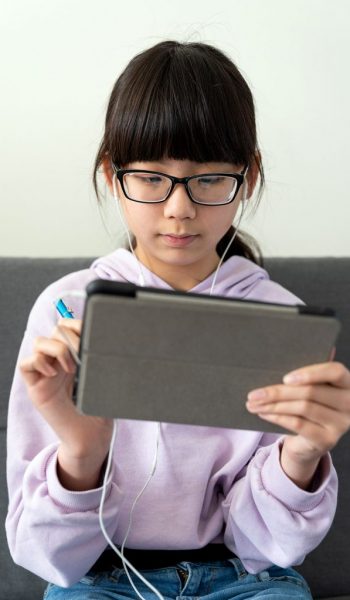
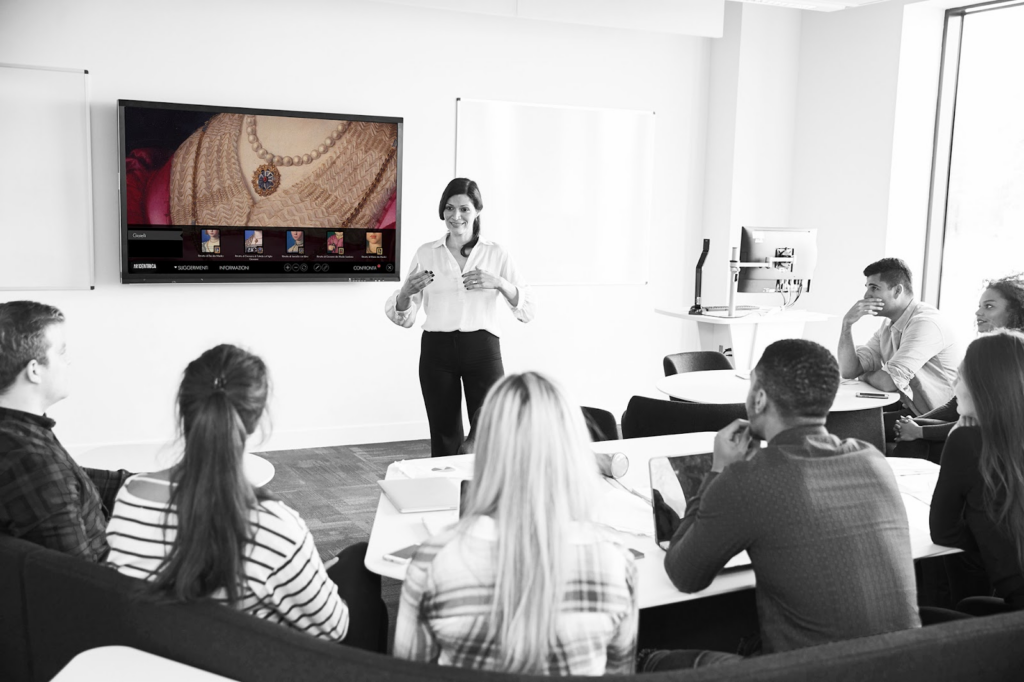
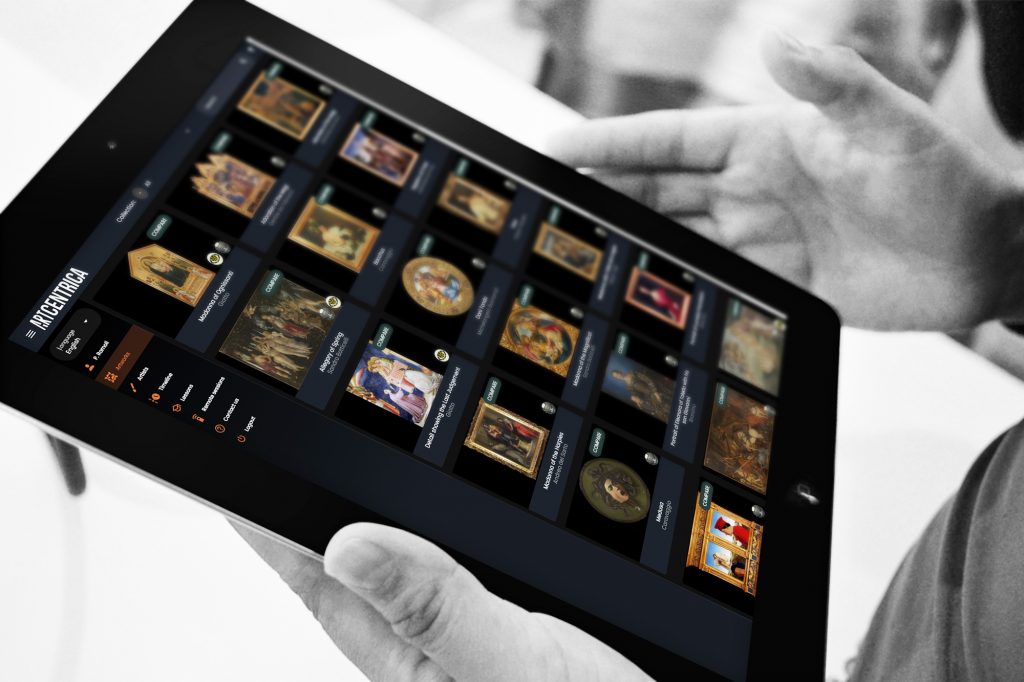
ArtCentrica for EdTech
Added value
Digital platforms such as ArtCentrica give added value to learning; since it is a fluid and multifunctional application, it allows interaction between teachers and students, rapid and fully integrated in the educational activities that see the manifesto of active learning in direct experience, knowing how to reproduce the knowledge of content and mastery of skills, and helping students to build skills that allow them to understand new worlds, solve problems and reinvent themselves in a continuous perspective of collaboration.
Hi-Res Artwork on ArtCentrica Platform:
GLAM
(Galleries, Archives and Museums)
In support of this thesis, the Anglo-Saxon acronym GLAM (Galleries, Archieves and Museums) was already coined in the early 2000s to indicate any institution that preserves works of art, books, documents and artifacts and has made them available online. for the academic world.
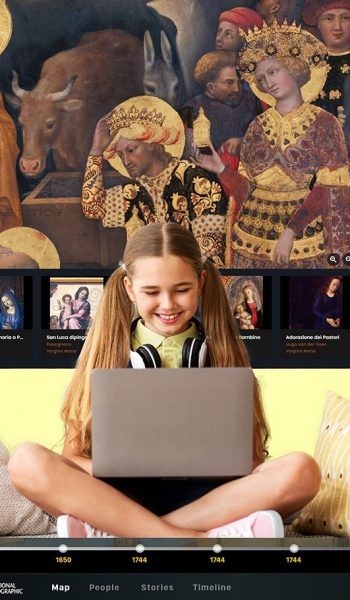
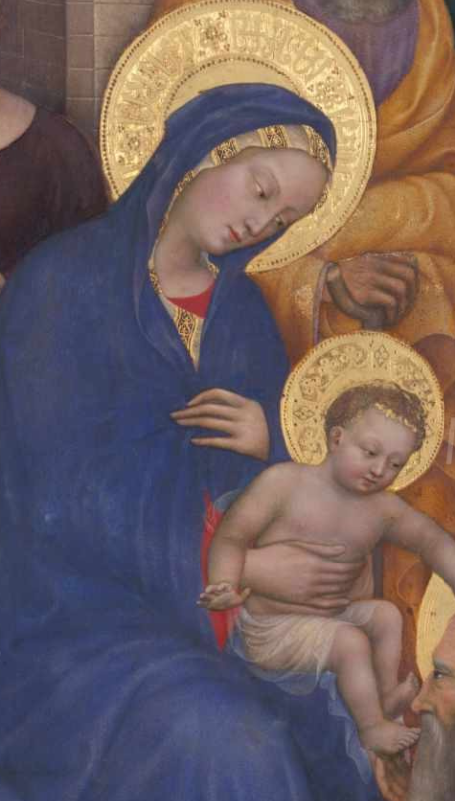
We are dealing with an innovative approach for the conservation and dissemination of cultural heritage through digital tools and open sharing logics that also see the collaboration and participation of citizens in the enhancement of cultural heritage.
Hi-Res Artwork on ArtCentrica Platform:
Bibliography:
Brambilla F., Casiraghi D., Marenghi P., Sancassani S., Progettare l’innovazione didattica, Pearson Academy, 2019

2 Responses
I’m impressed, I have to admit. Seldom do I encounter a blog that’s both equally educative and engaging, and let me tell you, you have hit the nail on the head. The issue is something which too few people are speaking intelligently about. Now i’m very happy that I came across this during my search for something relating to this.
Thank you Sharda, we’re glad to hear it!